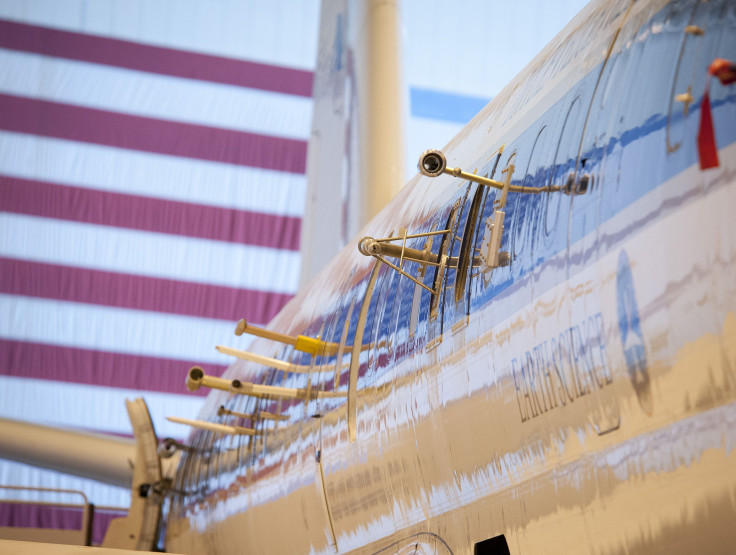Air Pollution Effects On Humans: Wildfire Smoke More Hazardous Than Thought

Scientists have flown through wildfires to learn more about the air pollution they produce, and the news is worse than expected.
The emissions of fine particles when timber and brush burn are three times higher than the U.S. Environmental Protection Agency has estimated, the researchers said, and those particles are dangerous to human lungs and hearts.
“These are really bad aerosols to breathe from a health point of view,” researcher Greg Huey said in a statement from the Georgia Institute of Technology.
Read: NASA Is Starting Fires in Space
While the EPA estimates were based on measurements from controlled fires, the researchers on this study took a plane loaded with instruments and operated by NASA and the U.S. Department of Energy through the smoke of wildfires in California to take their measurements.
It wasn’t smooth sailing: “The smoke leaks into the cabin and makes you nauseous,” researcher Bob Yokelson, a University Montana professor, explained in the statement. “You’re trying to take notes, run your instrument, look at the fire, talk on the headset, and get pictures. And at the same time, it’s crazy bumpy. Normally, if you’re in a smaller plane, your stomach is not too happy.”
But the scientists got their data, and the findings suggest there is much more pollution going into the air during the summer in the western United States than previously thought.
“The results indicate that wildfires are a large source of particulate pollution in the western states and that the source is currently underestimated by more than a factor of three in emissions inventories,” the study in the Journal of Geophysical Research says. “Comparison of these results to those obtained from prescribed burning indicates that wildfires are a larger source of pollution.”
The scientists also measured for the first time certain chemicals in the thick smoke, which contains toxic emissions like the methanol and benzene that are also found in oil.
“You can see the smoke, and it’s dark for a reason,” Huey said.

But the fine particles were the main focus of the study because of their danger. According to Georgia Tech, the fires produce proportionally more than industrial sources and they pose a risk to both humans and to the planet.
“They can drift over long distances into populated areas,” the university said. “Various aerosols also rise up in the atmosphere, but their net effect on global warming or cooling is still uncertain, as some aerosols reflect sunlight away from the Earth, and others, in contrast, trap warmth in the atmosphere.”
Read: A Plague Is One Way to Stop Humans from Polluting the Air
That effect might become more important to understand in the future, as many scientists predict changes to Earth’s climate will lead to more wildfires — and more serious ones at that.
One way of decreasing the negative effect of wildfires is to have more controlled burns done by professionals, the study said. The difference between the air pollution measurements from controlled burns and the real thing could mean they offer an environmentally safer alternative as well. Those controlled burns are already used to prevent wildfires because the “prescribed” fires eat up material that would have otherwise lit up during an accidental one.
“Prescribed burning may be an effective method to reduce fine particle emissions,” the study said.
© Copyright IBTimes 2024. All rights reserved.




















